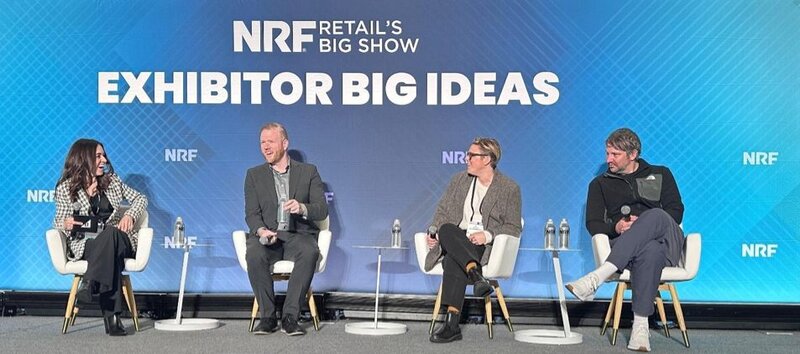At NRF 2025, BigCommerce, an open, composable ecommerce platform for fast-growing and established B2C and B2B brands and retailers, introduced Catalyst, a composable storefront framework designed to simplify headless commerce.
Built on Next.js and hosted on Vercel, Catalyst offers unmatched speed, flexibility, and customization. With one click from the Control Panel, marketers can now launch and design a new store that comes optimized for high performance out of the box, combining modern technology with seamless marketing usability—no trade-offs required. Catalyst’s differentiator is its fully integrated marketing-friendly visual editor, Makeswift, which sets a new standard for creating fast, modern ecommerce storefronts without the limits of rigid templates or heavy development costs.
Catalyst combines the power of headless commerce with unmatched ease of use—giving brands the agility to grow, adapt, and create high-performing storefronts without compromise.



During BigCommerce’s NRF speaking session, Daniel Burrow, vice president of sales and marketing at UPLIFT Desk, shared that since relaunching its storefront on Catalyst in December 2024, the site runs faster, bounce rates declined, his team can make changes to the site much more quickly, and developers are now freed up to focus on higher priorities. “Catalyst has provided the agility and ease of use we need to stay ahead in a competitive market,” Burrow said.
Malte Ubl, CTO at Vercel, addressed common misconceptions about composable commerce, emphasizing Catalyst’s ability to bridge advanced development tools with ease of use for teams across organizations. With Catalyst, brands can deliver high-performing, visually stunning storefronts while removing the complexity typically associated with headless solutions.
Al Williams, general manager of B2C at BigCommerce, also shared that Catalyst provides brands, from a composable standpoint, the framework to support the unknown. A composable architecture gives businesses flexibility to adapt to market changes. Its modular architecture is built using composable standards, giving brands and retailers the freedom to adapt their commerce strategy as it evolves without the risk of outgrowing the platform.
The panel’s closing remarks centered on the customer. Instead of responding to market urgency, Catalyst was built on the needs of customers – giving them a framework to grow in an unknown future, while empowering developers with agility and equipping marketers with intuitive, easy to use design tools.






